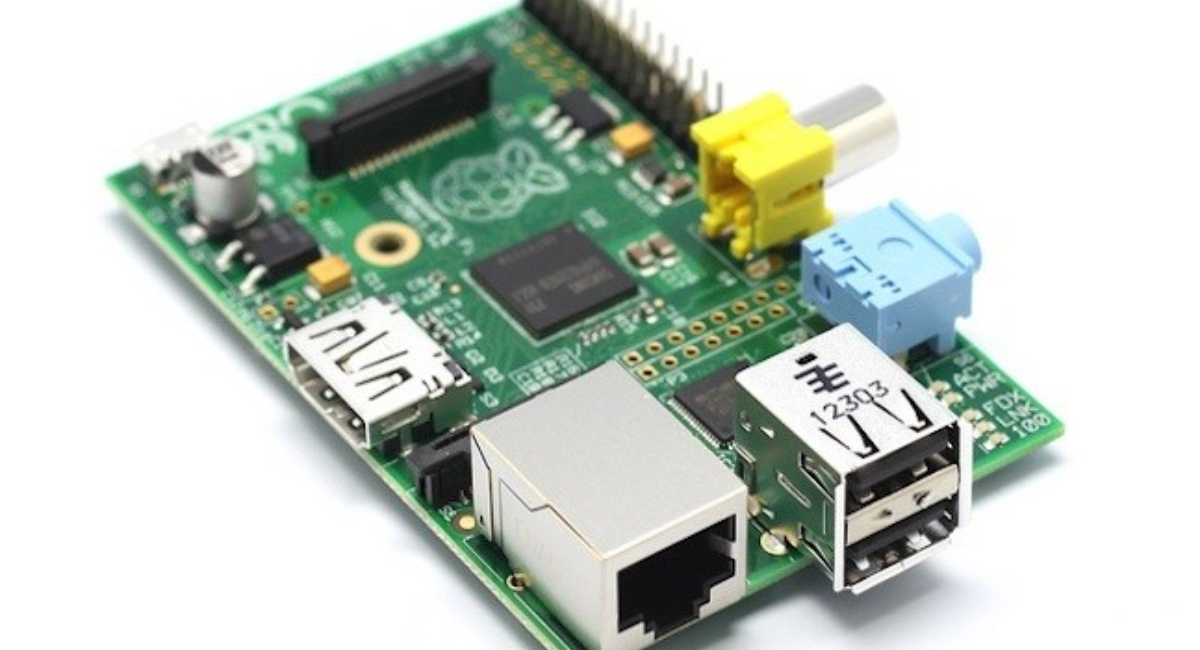Raspberry Pi is a popular microcomputer platform that has gained significant attention and usage across various industries and hobbyist projects. Whether you’re using Raspberry Pi for home automation, robotics, or media centers, it’s important to understand how to repair and customize these microcomputers to ensure optimal performance. In this article, we will explore the world of Raspberry Pi, discuss common issues, and provide tips for repairing and customizing these versatile devices.
Common Raspberry Pi Issues:
- Power-related Problems: One of the common issues encountered with Raspberry Pi is power-related problems. It can manifest as random reboots, system instability, or failure to power on. This may occur due to inadequate power supply or issues with the power cable or connector.
- Overheating: Raspberry Pi devices generate heat during operation, and inadequate heat dissipation can lead to overheating. High temperatures can cause system instability, throttling, or even damage to the components.
- SD Card Corruption: Raspberry Pi uses SD cards for storage, and frequent read/write operations can lead to SD card corruption. This can result in boot failures, data loss, or system crashes.
- Connection and Compatibility Issues: Raspberry Pi relies on various connectors and interfaces for peripherals and expansion modules. Connection and compatibility issues can arise due to improper wiring, incompatible components, or software conflicts.
Repairing and Customizing Tips:
- Power Supply: Ensure that you are using a reliable power supply that meets the power requirements of your Raspberry Pi model. Unstable power can cause various issues. Consider using a high-quality USB power adapter with adequate voltage and current rating.
- Heat Dissipation: To prevent overheating, use a heatsink or fan to dissipate heat effectively. Additionally, ensure proper ventilation around the Raspberry Pi device, especially if it is enclosed in a case.
- Quality SD Card: Use a high-quality SD card with sufficient storage capacity and a fast read/write speed. Regularly back up your data and consider using SD card imaging tools to create backup images that can be restored in case of SD card corruption.
- Secure Connections: Double-check the connections between peripherals and the Raspberry Pi board. Ensure that cables are securely connected, pins are aligned correctly, and there are no loose connections. For expansion modules, verify compatibility and ensure proper installation.
- Software Updates: Keep your Raspberry Pi’s software up to date by regularly installing the latest updates and patches. This can address bugs, security vulnerabilities, and compatibility issues.
- Troubleshooting Tools: Familiarize yourself with troubleshooting tools and resources available for Raspberry Pi. The official Raspberry Pi website, forums, and online communities can provide valuable guidance and support for diagnosing and resolving issues.
- Customization and Expansion: Explore the vast ecosystem of Raspberry Pi accessories, modules, and software libraries to enhance the functionality of your microcomputer. Customize your Raspberry Pi by adding sensors, displays, or modules based on your project requirements.
- Backup and Recovery: Regularly back up your important data and configuration settings. This can help recover from software issues, SD card corruption, or accidental data loss.
- Community Support: Engage with the Raspberry Pi community, join forums, and participate in online discussions. The community is a valuable resource for troubleshooting, sharing experiences, and discovering new possibilities with Raspberry Pi.
By understanding common Raspberry Pi issues and following the tips mentioned above, you can effectively repair and customize your microcomputer for optimal performance and reliability. Remember to always exercise caution, follow proper handling procedures, and consult official documentation or seek assistance when encountering complex issues. Raspberry Pi offers a world of possibilities, and with the right knowledge, you can unlock its full potential.




Leave a Reply